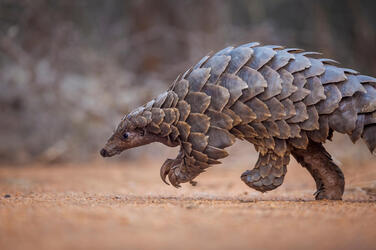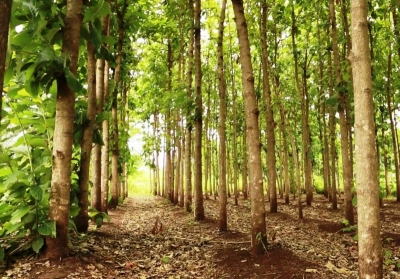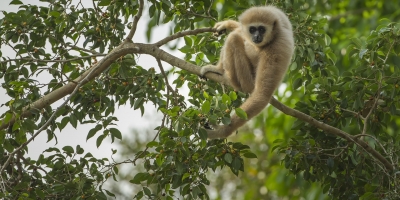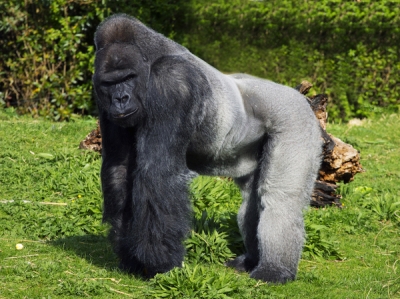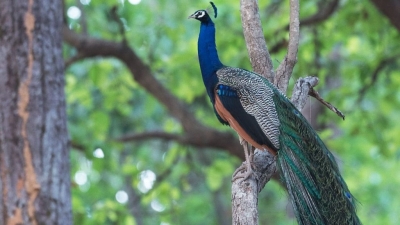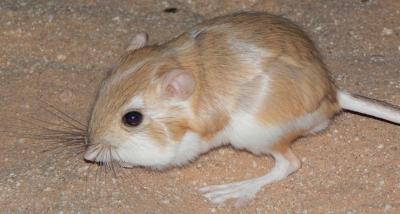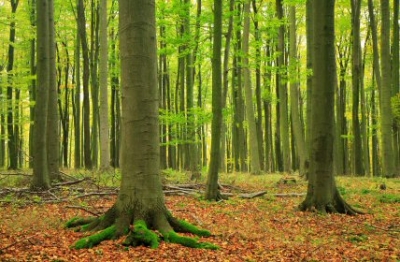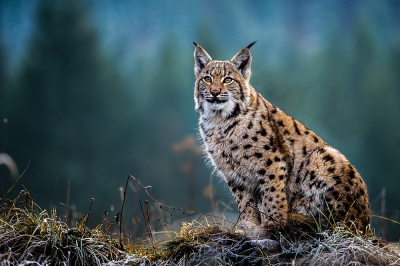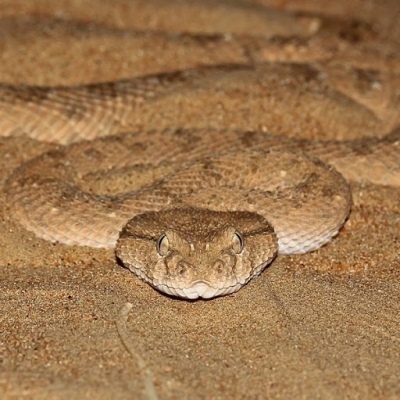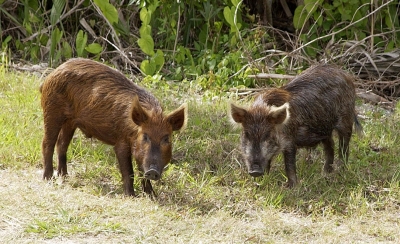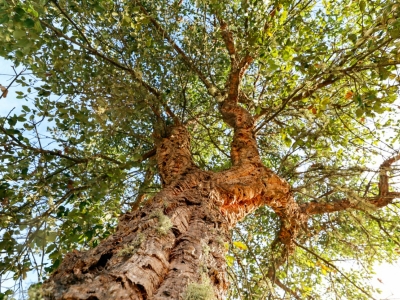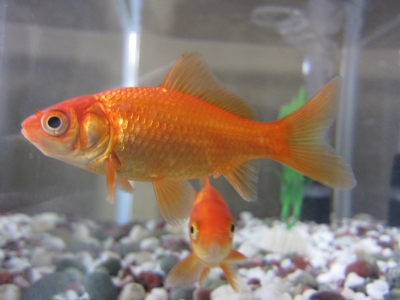Where to find the Chinese alligator?
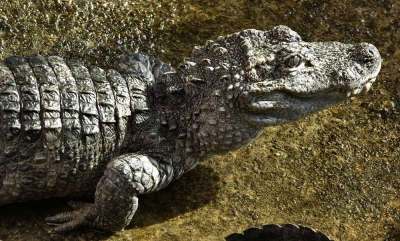
Many alligators live in the great rivers that flow across China and are especially common in the lower reaches of the Yangtze Kiang. These alligators look different from the crocodile because they have shorter jaws. The fourth tooth of the Chinese alligator’s upper jaw is also large a sticks out when the animal has its mouth closed.
The American alligator which lives in the Mississippi River grows to about 6 metres in length, but the Chinese alligator is rarely longer than one and a half metres. It is too timid to attack large animals and presents no danger to human beings. It prefers, instead, to catch fish, water-birds and small mammals.
Picture Credit : Google
